Amazon Brand Registry Made Easy: Everything You Need to Know
With millions of sellers on Amazon, protecting your brand has never been more important. Counterfeit
A mobile app opens a whole new dimension for your online business. Unlike desktops, in case of a mobile app, your customers can always access your store. Your app has a lot of potentials and can take your business to a new level. But alas! all this depends on customers downloading your app. That’s why mobile app marketing is as important as mobile app development. Now, before we jump on to what is obvious – How to promote a mobile app, let’s first understand what is mobile app marketing. It’s not what most people think.
Mobile app marketing is generally believed to consist of a series of marketing or ad campaigns that aim at creating awareness about a mobile app. But, in reality, mobile app marketing is more than that. Rather than just creating awareness, mobile app marketing is about interacting with your audience, being with them throughout the buying journey.
It begins with the launching of your mobile app, progresses to customer engagement and finally moves to improved performance through regular customer feedback.
Considered in the form of a funnel, mobile app marketing passes through three stages-
One of the most common mistakes made by marketers is that they ignore market research. Unless you completely know who you are targeting and what are their needs, you cannot achieve success, no matter how brilliant your marketing plan may be.
So, you need to clearly identify your key competitors, consumer preferences and market trends. The aim of your marketing plan should be to provide a solution to a problem, which the market does not offer or is inefficient in its efforts.
Moving forward, we bring to you the best ways to market/advertise your app:
You do not enter the battlefield without knowing who you are up against. Likewise, you do not enter the market without knowing its inherent contradictions.
Market research is an integral part of the app promotion strategy. The data generated through market research forms the criteria for choosing the best way to advertise a mobile app. The market presents both challenges and opportunities. The best way to capture the market is knowing about it more and more. Identifying key players of your industry and preferences of your target customers is the key to launching the right product at the right time.
With millions of apps on the App Store and Play Store, finding the niche market is critical to your app success journey.
Getting people to download your app is the most important part of the mobile app marketing strategy. The whole app marketing revolves around this goal, though it does not end with it.
Mobile app install ads drive bulk app installs in a short period of time. These clickable ads are displayed on search pages, App Stores, Youtube, and Gmail. Upon click, the user is directly taken to the app install page in the app store.
Together with Google App install campaign, you can run the same campaign on Facebook. The best part of Facebook is that users are more responsive and you have greater chances of getting app installs.
Deep linking enables the user, who is interested in a particular product, to directly navigate to the concerned product within the app. Thus, instead of taking the user to the homepage of the app, deep-linked ads take the user to the product page from where the user can checkout.
Deeplinks appear in the form of URLs with an image appended of a product. The user interested in the product can click the URL and buy the item from the app,
Where on the other hand, if the user does not have your app installed on his phone, deferred deep linking can be useful in boosting app installs. In case of deferred deep linking, the user upon clicking the URL is redirected to the play store/app store from where he can install the app on his phone.
Remarketing ads appear on search pages and on other sites and target those customers who showed interest in a product earlier but didn’t proceed with it. Through remarketing ads, you make sure that customers don’t forget their buying preferences. Besides, you advertise the latest discounts and offers on the product.
Upon clicking the ad, the user is redirected to the concerned product with-in the app from where the user can check out. In comparison to other platforms, Facebook remarketing ads have greater clickable rates, making them a preferred choice for marketers.
Social media is often touted as the best way to advertise a mobile app. And, rightly so because people take social media engagements more seriously.
The key here is to follow well-defined guidelines on Social Media Optimization (SMO). Make your content relevant to your target audience by targeting the keywords that are relevant to your product/store. Remain in constant touch with your customers by regularly answering their queries.
You must have heard about App Store Optimization (ASO). Anyways, ASO aims at improving the rank of your app on the app store so that it becomes more visible. This means with relevant searches, your app ranks among the top 3 on the app store.
One of the starting points in ASO is researching the relevant keywords and including them in your title, subtitle, and description. Along with content, app store optimization involves designing suitable images that create the right impression in the mind of the users.
Content marketing is about communicating about your app through written words. It is the major form of promoting a new product, service or app. Predominantly, people learn about new things by reading about them. Also, content marketing continues to be the major way to rank your site on search engines. So, content marketing assumes an important place in the mobile app promotion strategy.
Go for writing blogs for your app. A well-written blog post can drive an enormous amount of traffic to your store. By writing engaging content you can highlight the major features of your app and make readers read the content. Do not forget to proofread before you publish the content. Proofreading is as essential as writing quality content. People rate poorly grammatically incorrect content.
Online store optimization remains to be the most neglected part of mobile app marketing. Leverage your online presence to boost the marketability of your app. Simply advertising the app on your online store is not enough. You need to make your store discoverable online.
Begin by researching the most relevant keywords related to your store. Here, you can take the help of tools like SEMrush. Make sure you have used these keywords in the right amount in the content of your store. Another point to note is that the images and design of your store must be appealing to engage the customers.
Once your app has been downloaded, the next biggest challenge is to keep your users engaged. Research has shown that the majority of the uninstallation happens within one month. So keeping them engaged during the first month is crucial to your mobile app success.
Once a user has downloaded your app, request him/her for opt-in for push notifications. Send them animated push notifications describing the benefits of your app or the exclusive app launches or run an abandoned cart campaign. There are limitless possibilities with push notifications.
Once customers have shopped from your mobile app, ask them to rate your app with a 5-star rating. 5-star ratings are proof of the quality app you are delivering, which is instantly reflected in improved ranking on the app store.
Mobile app marketing is a continuous process and its success depends on setting achievable goals and regular monitoring of these goals. A marketer needs to keep track of key metrics and should make suitable changes in the marketing strategy.
During this process, you need to bear in mind that marketing results often come in the log-run. So, have patience and keep improving your marketing strategy with innovative ideas.

With millions of sellers on Amazon, protecting your brand has never been more important. Counterfeit
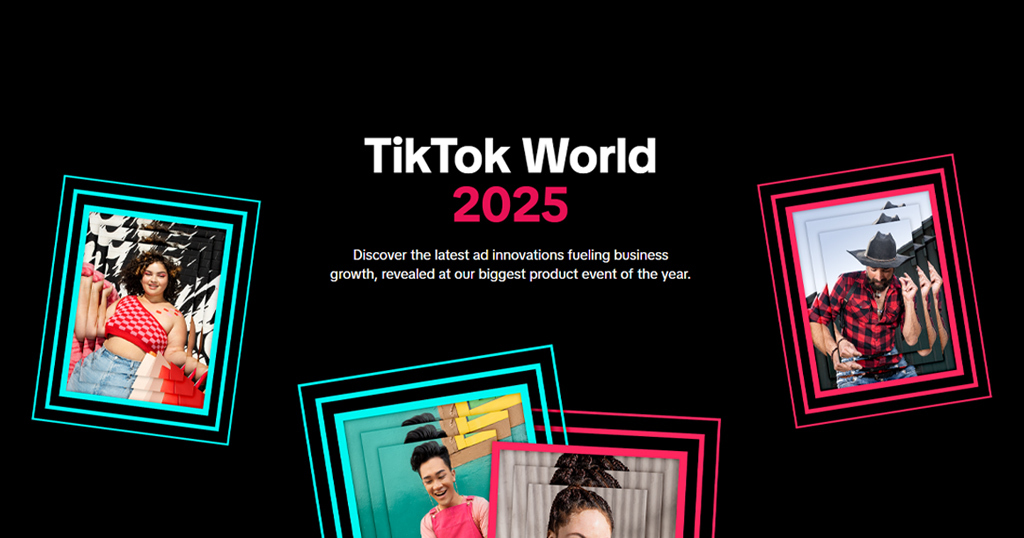
TikTok isn’t just setting trends anymore — it’s rewriting the playbook for performance marketing, creative

In a significant development for online retailers, Walmart has officially updated its policies to permit
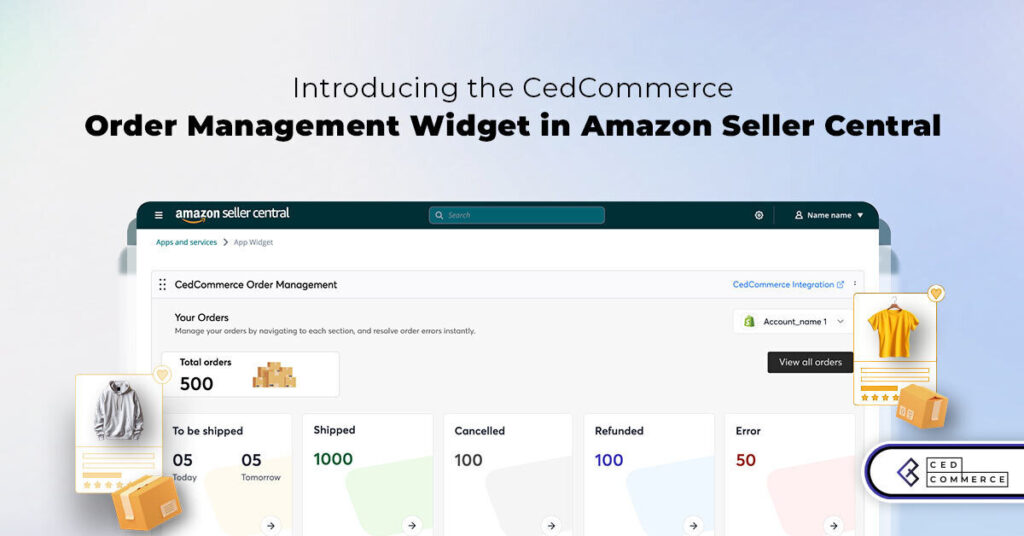
Are you encountering issues with Amazon order management across various sales channels? If so, everyday

A Deep Dive into Selling Smart on TikTok Shop UK, TikTok Shop US, and TikTok

In a world where cross-border commerce fuels eCommerce growth, tariffs are no longer just policy
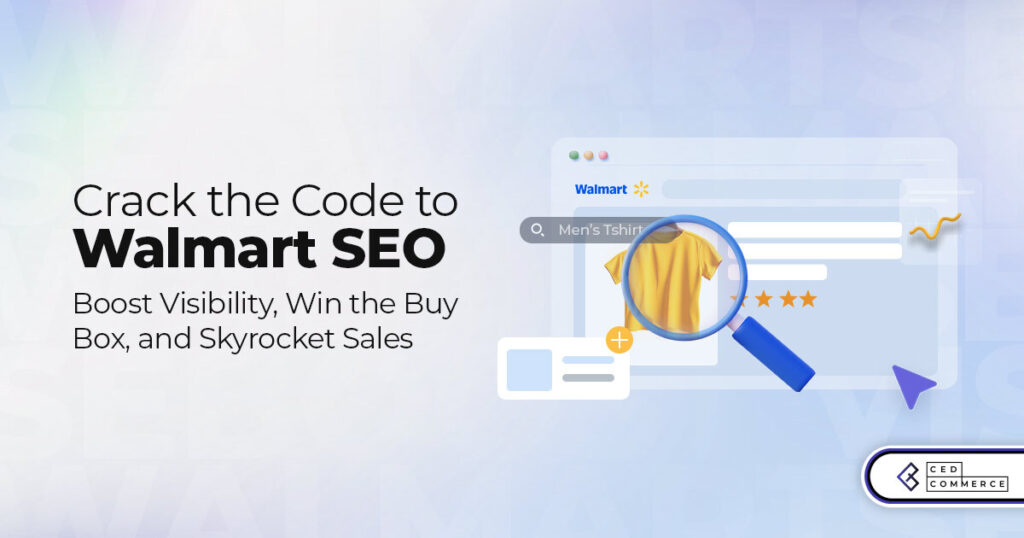
In the world of eCommerce, visibility is everything—and Walmart Marketplace is no exception. With thousands

In what comes as a major relief for TikTok and its millions of users in

In a move aimed at enhancing product quality and boosting buyer confidence, TikTok Shop has

Selling on Amazon offers immense opportunities, but one of the most crucial decisions sellers face

Amazon is doubling down on AI-driven selling tools, introducing a new AI-generated product enrichment pilot
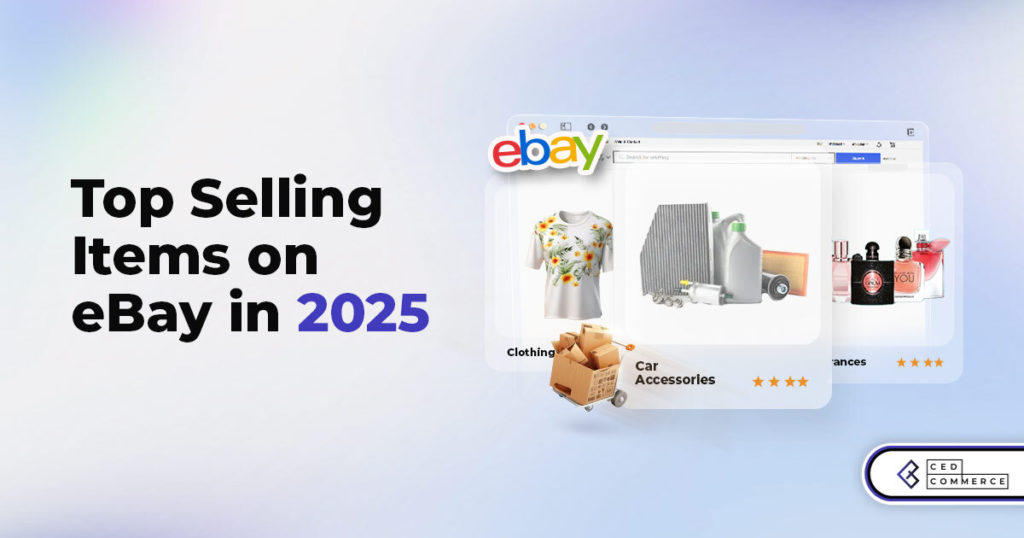
With over 17.6 million sellers on eBay marketplace, cracking the code behind the top selling

Amazon is doubling down on artificial intelligence, introducing the AI-powered ‘Interests’ feature that automatically finds
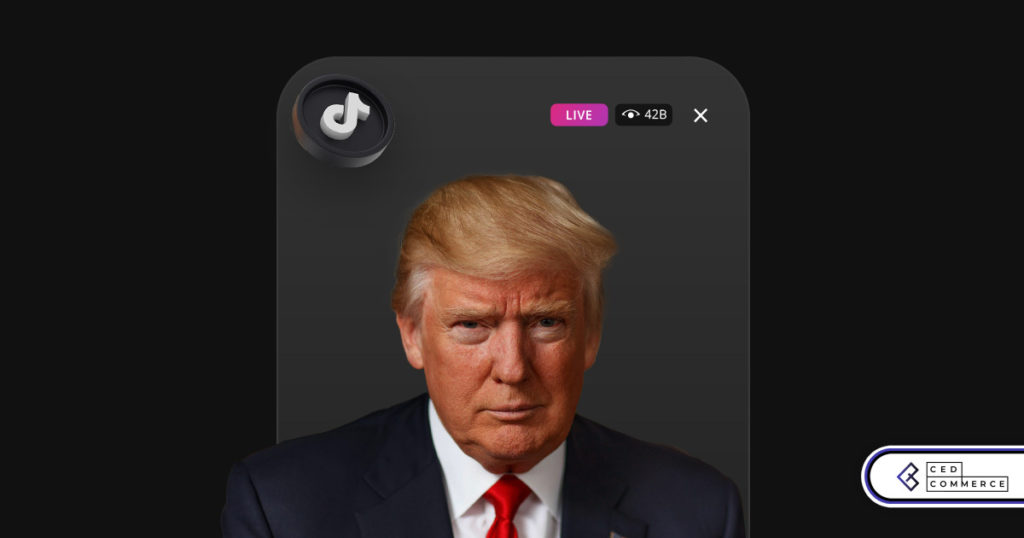
U.S. President Donald Trump has hinted that a TikTok deal is on track before the
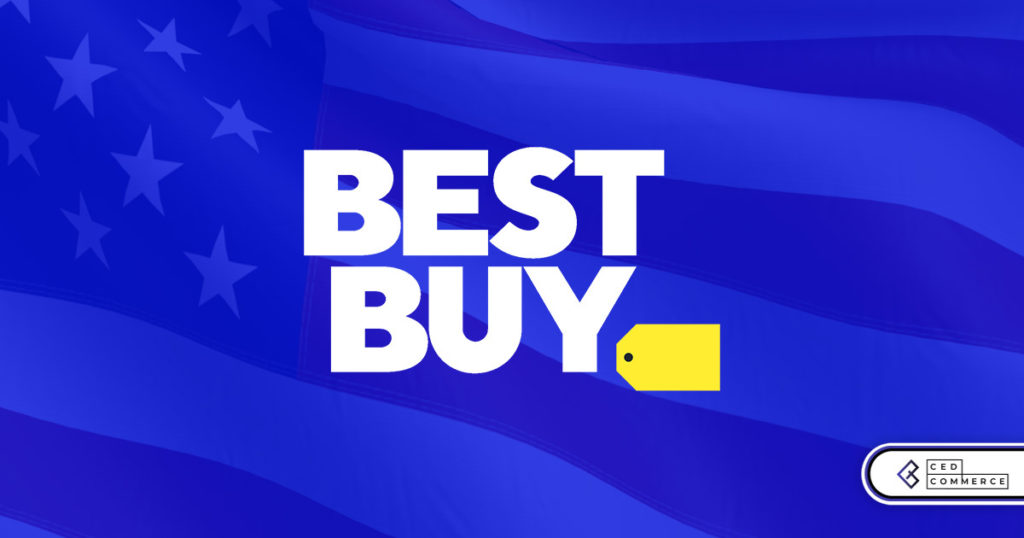
Nearly a decade after closing post its first attempt, Best Buy is returning to the

PrestaShop has long been a leading name in European eCommerce. With its flexibility, user-friendly interface,
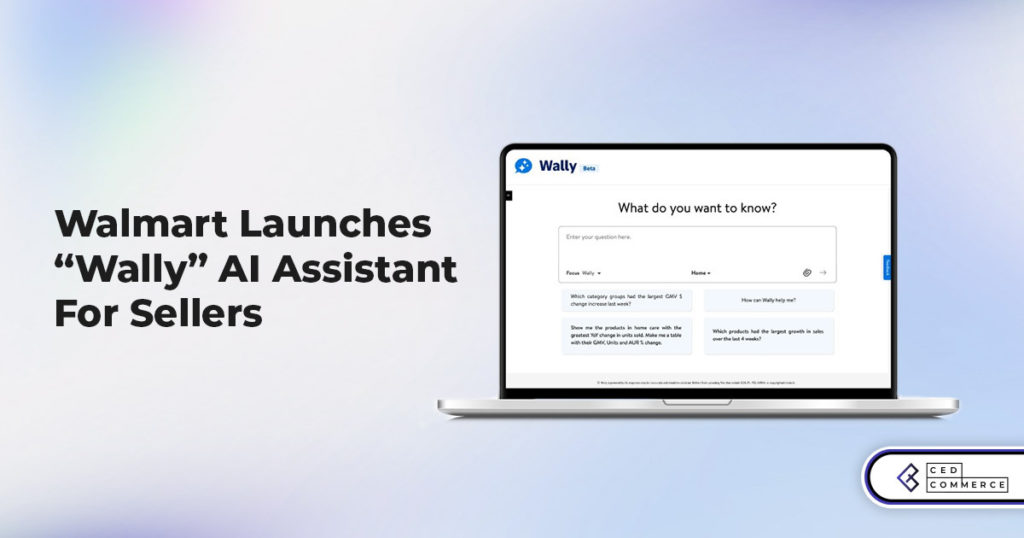
In a significant move to improve merchant operations, Walmart has introduced “Wally,” a generative AI

TikTok Shop, the eCommerce division of the popular social media platform TikTok, is set to

Despite political scrutiny and regulatory challenges, TikTok Shop is thriving in the U.S., with American
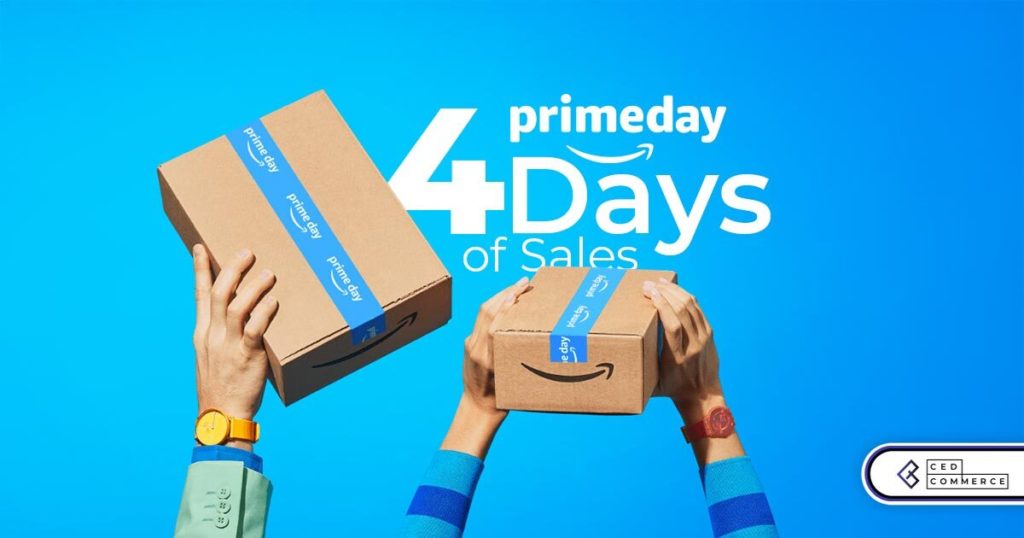
Amazon is making history by extending its flagship summer sales event to four days in